
In 1981, Polaroid Japan sold a curious device called a Polaprinter Slide Copier. I have no idea how many years they did this, or even for the main reason you would need to copy slides to Polaroid prints - passport photographs? real estate prospects? client handouts? porn? production mock-ups?
I suppose all of the above and more...
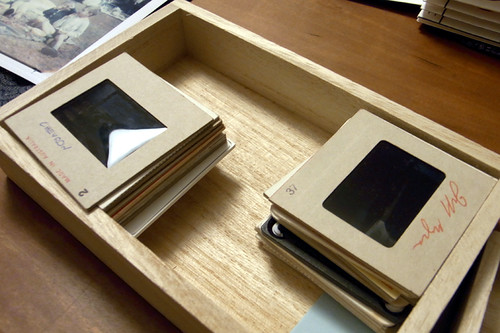
What I do know though, in having boxes (and boxes) of my father's stock work, and family snaps stored under our futon, it was apparent the Polaprinter had an immediate application.
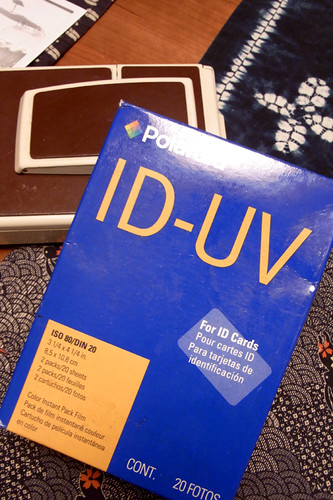
For the price of one pack of Polaroid film (expired, ID-UV), and 750yen postage, it was being investigated on my work bench. It has a few user controls, and its layout is purely functional - if only with a few 1980s' styling flourishes. Powder-coated blue aluminum body, moulded black plastic panels, with 1970s - 1980s off the shelf components such as the switches, LEDs, and trigger.
As no user manual came with it, and I was unable to source one reliably over the interweb either, I was compelled to undertake investigations one evening. It has a built-in rate adapter to allow it to support every voltage I can think of - 100VAC, 115VAC, 130VAC, 200VAC, 220VAC, 240VAC and 250VAC - all at 50 or 60Hz. A versatile machine. Whereas modern rate adaptable devices will use electronics to adapt, the Polaprinter uses a variable wound transformer set. What would have been an expensive proposition at the time. A standard kettle cord then plugs into the Polaprinter, blocking access to the rate adapter switch to ensure it is not changed when plugged in inadvertently.
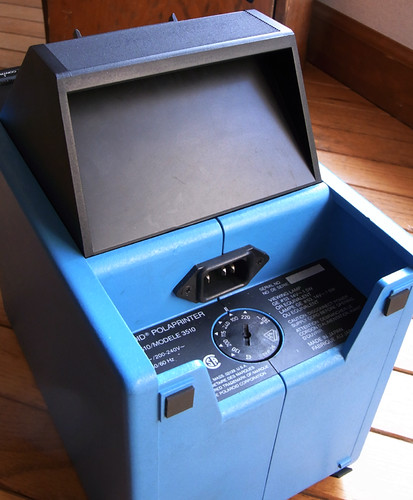
The top of the case also provides an integrated carry handle.
Loading the film is the same as any usual pack-film camera. Though with the film back on the bottom of the Polaprinter, Polaroid have nicely rounded the rear of the body so the Polaprinter tips back smoothly onto its back. For testing, we loaded some ISO400 FujiFilm.
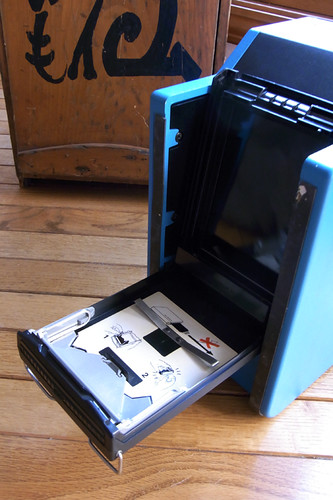

Turning the device on, a slide viewing lamp illuminates immediately. A quick investigation of the control below the viewer makes it apparent as the aspect ratio of a 35mm slide is not the same as a Polaroid print, the control allows you to see the chosen framing as you move the lever with a slide mounted. Two cammed feet inside the slide slot move in parallel so when the slide is dropped in the slot, so it takes the same framing position as chosen on the viewing lamp.
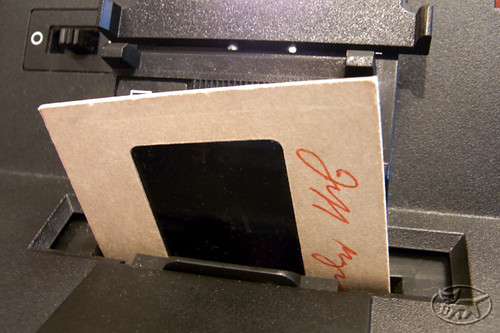

A set of metal plates is available to accept single-cut negatives if needed.
Body front has two controls 'Exposure' and 'Contrast'. The FujiFilm ISO400 test prints are grossly over-exposed at the max dark position, and tests with some ND gels confirm the Polaprinter is calibrated to use an approximate ISO range of perhaps 80 to 125.
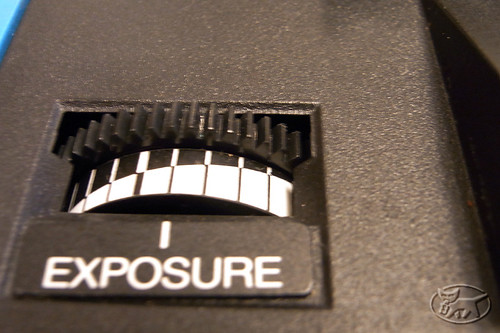
The contrast knob is a curious function, as it is not electrical, but mechanical and perhaps adjusts the focus of the exposure lamp. While I think I've been able to see the difference using this control, I have left it mid-scale.
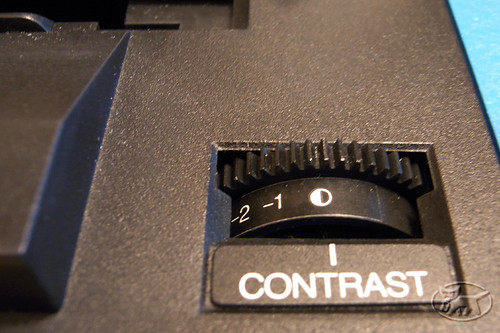
The green 'Go' LED in the trigger switch flashes when the charging system has cycled in a few seconds after turning on. So after much messing around it is ready to go. Pushing the trigger results in a nice SNAP! and a flash from inside. White tab / yellow tab use as per normal pack-film triggers a microswitch in the film pack holder and the first (bottom) timing LED illuminates. The 30 / 60 SEC. switch being used to select an appropriate timing interval.
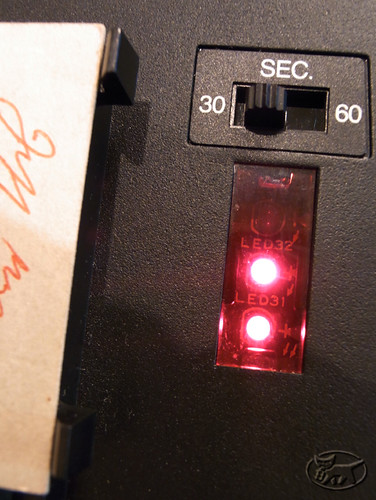
At the selected time, the LED goes out, and a 1980s piezoelectric buzzer sounds. With three development LEDs, the Polaprinter can time the development of three prints in parallel. Results? Fantastic! These all with the expired ID-UV above:
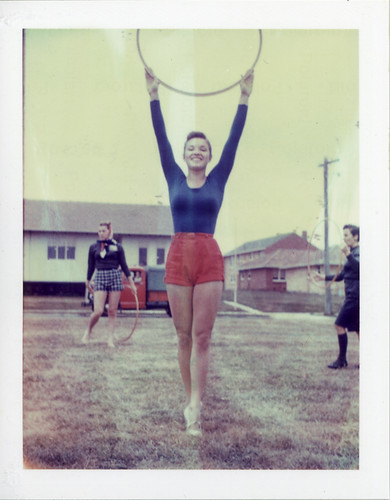
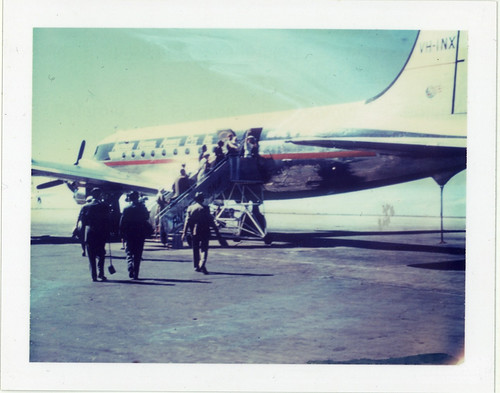

More tests with FP-100 and some expired Type-665 perhaps to follow... See ya! Skj.